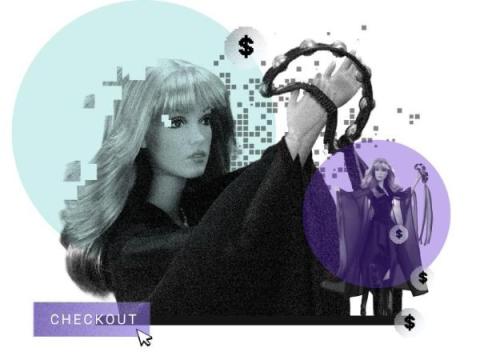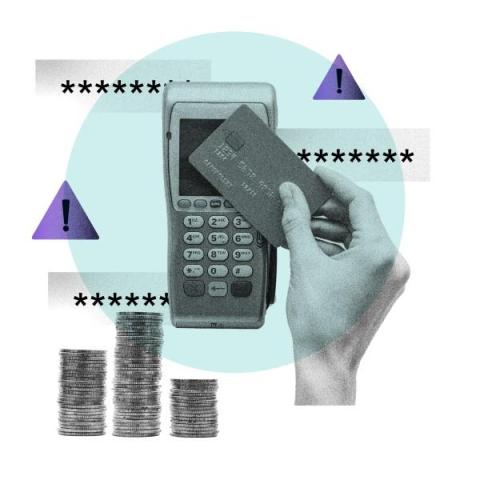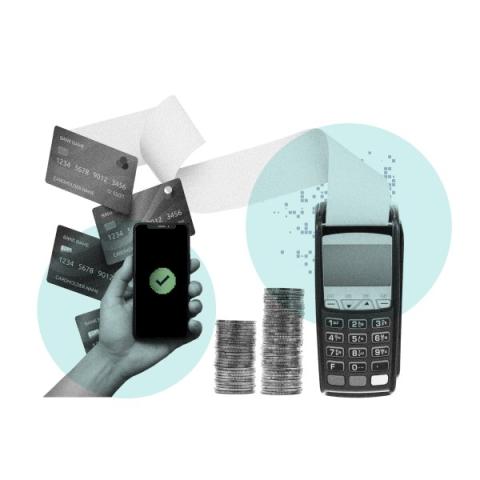Scalpers Force Barbie Collectors to Pay up to 1,200% More for Stevie Nicks Doll
Scalpers aren’t just interested in snagging the final Yeezy drops, the newest Air Jordans or tickets to see Taylor Swift on tour. They’ve also been saying “Hey, Barbie” to the latest Mattel collaboration with rock icon and Barbie enthusiast Stevie Nicks. Evidence gathered by Netacea suggests that scalper bots were involved when pre-orders for the limited-edition Stevie Nicks Barbie, unveiled by the Fleetwood Mac legend during a recent concert, sold out almost immediately.











